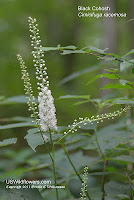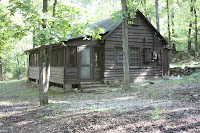Garlic - varieties we are planting 2012
This year our garlic bed will have a variety of garlics including Rocambole and Porcelain hardneck, softneck, artichoke type. Our shipment from Keene Organics included Russian, Romanian, Italian and Asian varieties. Artichoke garlics are productive and problem free so they are the most commonly grown commercial varieties.They are also adaptive to a variety of soils and growing conditions. These are the supermarket garlics. Mature early and are ready to sell before the others. Plants are shorter than other varieties. Not tolerant of extreme cold but are fine in southern heat. Porcelain garlics can grow up to 7 feet tall with thick, broad leaves. The bulbs are large and white, with the most therapeutic allicin of any variety. Porcelains are considered expensive to grow since each bulb makes only a few large cloves. They produce bulbils in their flower head/scape. Rocambole garlics are hardnecks (make scapes). They are among the most widely known and grown hardnecks. Thou...





.JPG)







